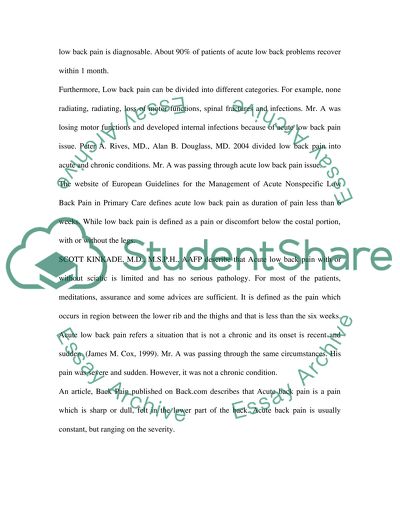Cite this document
(“Models and Frameworks for Adult Care Essay Example | Topics and Well Written Essays - 2500 words”, n.d.)
Models and Frameworks for Adult Care Essay Example | Topics and Well Written Essays - 2500 words. Retrieved from https://studentshare.org/miscellaneous/1567259-models-and-frameworks-for-adult-care
Models and Frameworks for Adult Care Essay Example | Topics and Well Written Essays - 2500 words. Retrieved from https://studentshare.org/miscellaneous/1567259-models-and-frameworks-for-adult-care
(Models and Frameworks for Adult Care Essay Example | Topics and Well Written Essays - 2500 Words)
Models and Frameworks for Adult Care Essay Example | Topics and Well Written Essays - 2500 Words. https://studentshare.org/miscellaneous/1567259-models-and-frameworks-for-adult-care.
Models and Frameworks for Adult Care Essay Example | Topics and Well Written Essays - 2500 Words. https://studentshare.org/miscellaneous/1567259-models-and-frameworks-for-adult-care.
“Models and Frameworks for Adult Care Essay Example | Topics and Well Written Essays - 2500 Words”, n.d. https://studentshare.org/miscellaneous/1567259-models-and-frameworks-for-adult-care.


